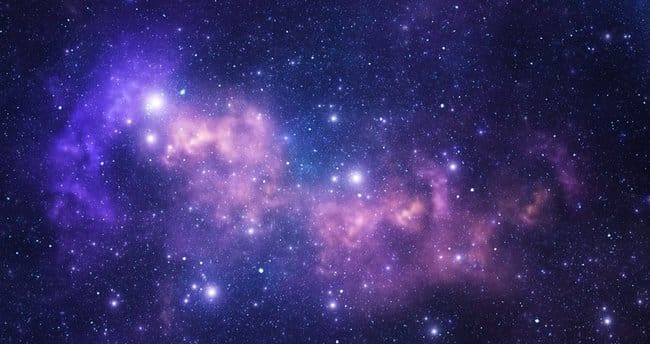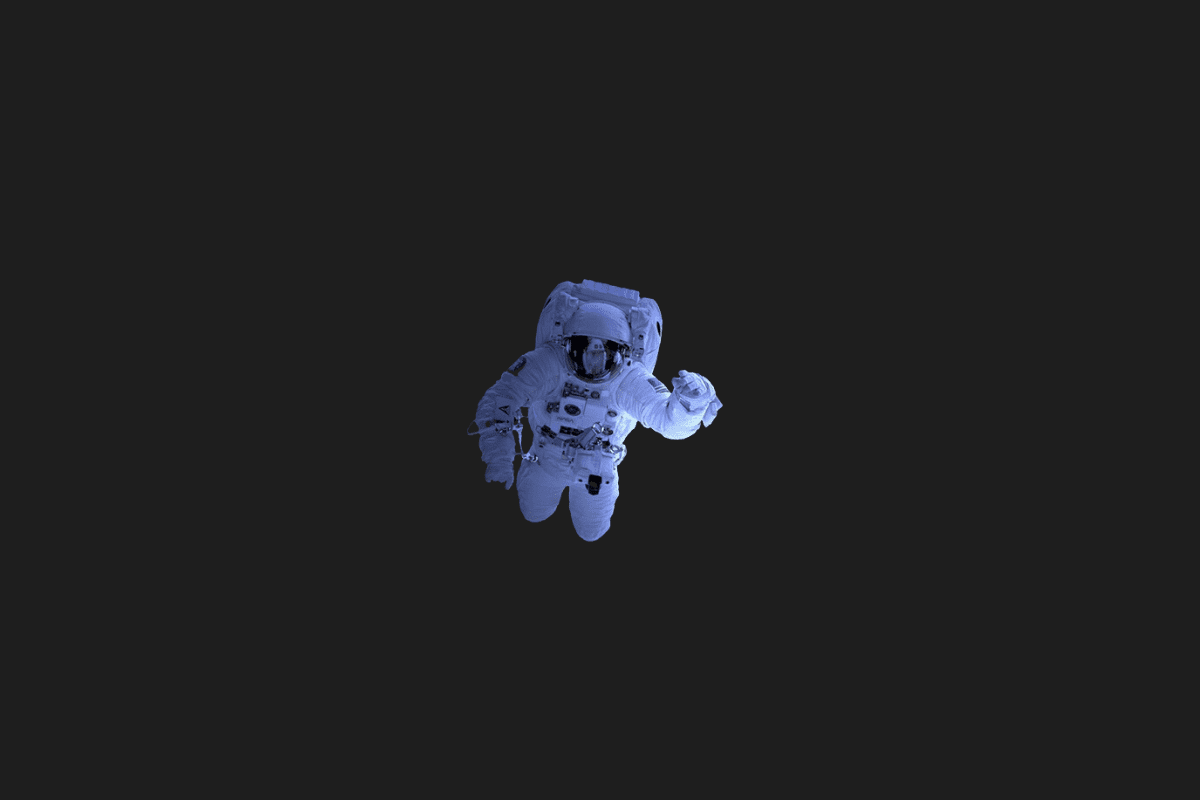In a groundbreaking achievement in the realm of astronomy, artificial intelligence has autonomously detected, identified, and classified a supernova, marking the first occurrence of such an event without human intervention. For clarity, a supernova refers to the explosive demise of massive stars that have depleted their energy reserves.

Spearheaded by Northwestern University, an international group of scientists created an advanced AI tool named the Bright Transient Survey Bot (BTSbot). This system incorporates automated telescopes designed to scan the night sky in search of new supernovae. This automation not only expedites the identification and categorization of potential supernovae but also diminishes the risk of human inaccuracies.
The team disclosed that over the previous six years, approximately 2,200 hours have been dedicated by individuals to manually scrutinize and categorize potential supernovae.
Project leader Adam Miller shared that, in an unprecedented feat, a combination of robotic systems and AI algorithms observed, pinpointed, and liaised with another telescope to verify the detection of a supernova.
Data reveals that BTSbot’s training involved a machine learning algorithm, which utilized over 1.4 million images sourced from roughly 16,000 entities, encompassing verified supernovae, fleeting luminous stars, recurrently fluctuating stars, and flickering galaxies.
A novel AI method led to the identification of a new supernova contender, dubbed SN2023tyk. This prospective supernova first caught attention on October 3, spotted by the Zwicky Transient Facility (ZTF) – an automated sky-imaging apparatus designed for supernova searches. Mere days later, on October 5, BTSbot, upon examining real-time ZTF data, labeled SN2023tyk as a possible supernova. Subsequently, BTSbot coordinated with the Palomar Observatory and the SED Machine robotic telescope. By October 7, the discovery was confirmed as a “Type Ia supernova”.
Nabeel Rehemtulla, who was instrumental in the tech’s development, emphasized the AI tool’s significance, stating, “This dramatically streamlines comprehensive supernova research, enriching our grasp on stellar life cycles and the genesis of elements like carbon, iron, and gold, which owe their existence to supernovae.”
With BTSbot in the fray, the discovery process is expected to be more efficient, allowing researchers to allocate more time to delve deeper into their observations.
You may also like this content
- Microsoft Accelerates in Cybersecurity: AI Now Takes the Lead in Protection!
- DeepSeek Takes the World by Storm with Major Update to V3
- Google’s AI Tool Gemini Can Now “See” the World Using Your Phone Camera

